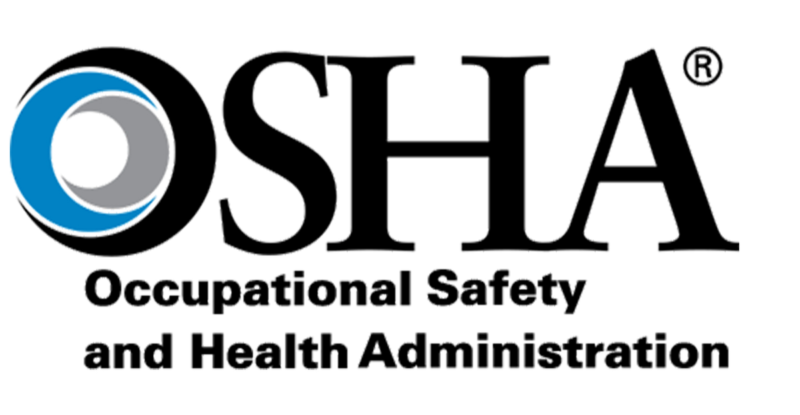This new Instruction establishes OSHA’s field inspection and enforcement procedures designed
to ensure uniformity when addressing respirable crystalline silica exposures in the workplace.
These two new expanded health standards, general industry/maritime (29 CFR § 1910.1053) and
construction (29 CFR § 1926.1153), were published in the Federal Register on March 25, 2016,
and became effective June 23, 2016.
The two new standards adopted a new permissible exposure limit (PEL) of 50 micrograms of
respirable crystalline silica per cubic meter of air (µg/m³) as an 8-hour time-weighted average.
Except as noted below, general industry and maritime employers had until June 23, 2018, to
comply with the requirements of 29 CFR § 1910.1053.
Beginning on June 23, 2018, general industry and maritime employers must have offered
medical surveillance to employees who will be exposed above the PEL for 30 or more days a
year. On June 23, 2020, this requirement expanded to include employees who would be exposed
at or above the 25 µg/m³ action level (AL) for 30 or more days a year. Additionally, the
obligation to implement engineering controls to limit exposures in hydraulic fracturing
operations in the oil and gas industry to the new PEL do not commence until June 23, 2021.
Until that time, hydraulic fracturing employers must provide employees exposed to respirable
crystalline silica in hydraulic fracturing operations with respiratory protection and ensure its use
if employee exposures exceed the PEL.
Construction industry employers were scheduled to be in compliance with all the standard’s
provisions, except for methods of sample analysis in paragraph (d)(2)(v), by June 23, 2017.
However, on April 6, 2017, OSHA extended the initial compliance date to September 23, 2017.
The compliance date for the methods of sample analysis requirements in paragraph (d)(2)(v)
remain unchanged; as of June 23, 2018, construction industry employers must be in compliance
with that provision.
Read more >> https://www.osha.gov/sites/default/files/enforcement/directives/CPL_02-02-080.pdf


